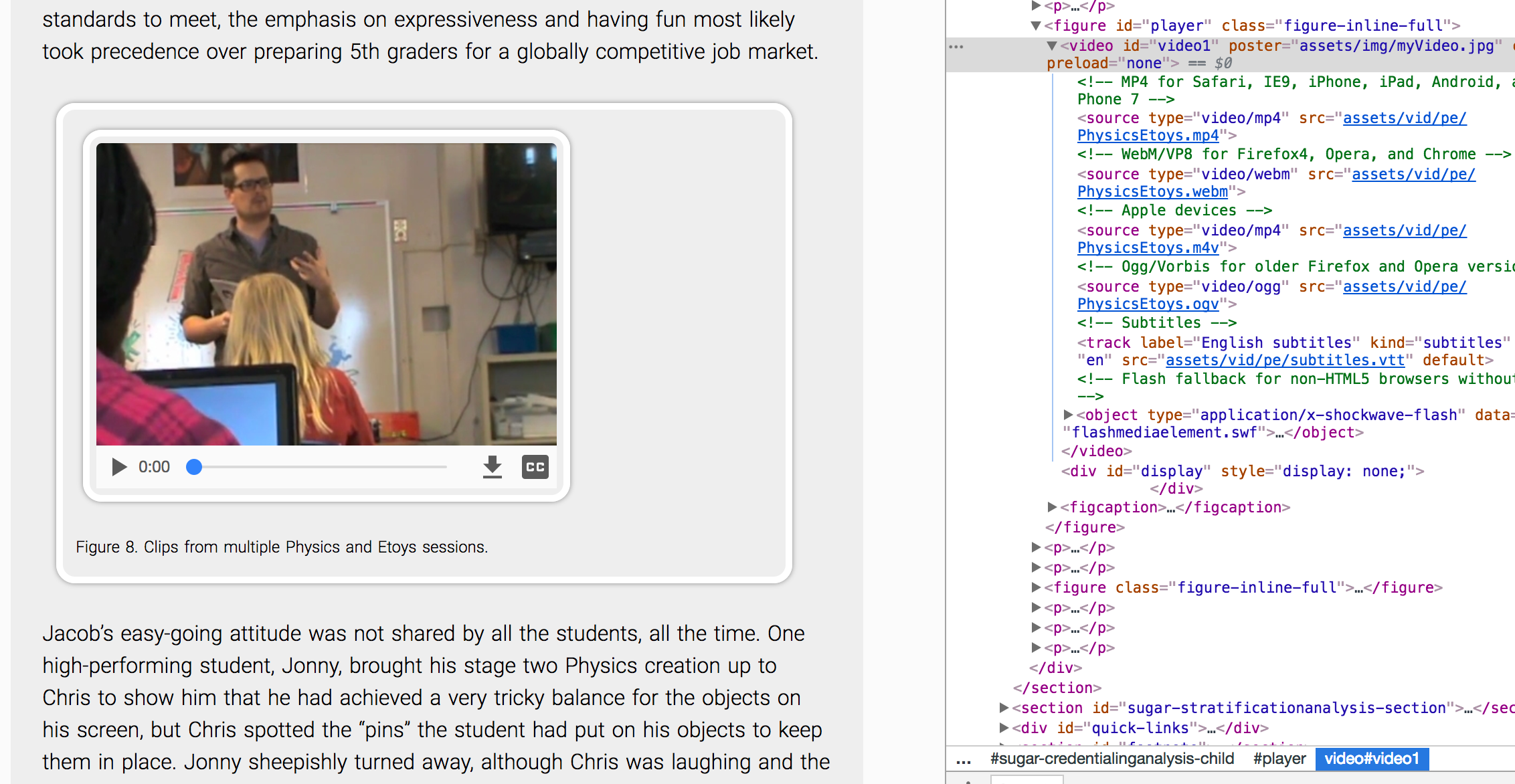‘Explained’ Video for Your Web-Bound Data-Story
- Timeframe: 10/23 – 11/13
- Points: 200
Description
During the first phase of the course, we collected and examined a small window into our everyday lives with some digital media or technology. We designed a data visualization that helped us understand and convey something interesting that happened during this period of time. Now, we enter the second phase of the course, wherein we research and develop content about a broader social issue connected to our everyday digital practices. As Gallagher noted, writers now write with and for algorithms, but we should understand and learn how people write algorithms to collect and use data about our digital practices.
Accordingly, your video explores and explains issues linked to your digital media/technological practice and how corporations and companies commodify such practices. You can choose and combine issues such as the following (and see the Resources page for some initial sources):
- Algorithmic Audiences: Pick up where we left off by digging deeper into how a people write and write with algorithms to serve-up and circulate content. What are the broader implications?
- Data Brokering: How are you and your activities commodified and sold to 3rd parties?
- Psychographics: How do companies use your data to categorize you into particular rhetorical audiences at an aggregate level?
- Public / Private: How can you think more explicitly how you digital practice may blur the lines between public and private activity?
- User Rights: Research government regulations and a company’s End-User License Agreement (EULA). Such research serves as one important document that can help you better understand how particular applications define your rights, when agreeing to use their service.
Overall, your goal is to research and create a short explanatory video about what can you learn about the data connected to your digital media practice. We will analyze some videos within the genre of “[Complex-thing] Explained.” You will pursue broader questions, such as the following: How do your own digital practices hook into business practices? And, what are your own opinions based on what you learned? These are just a few example questions to help you begin your own process to plan and create a short Explained video about such digital-life concerns.
In class, I will review some more generic conventions that will provide us common ground. I will also form ad hoc groups based on what video editing software you decide to use for this project:
- Adobe Premiere
- Lightworks (for PC)
- Apple iMovie
Based on your choice of topic and editing software, you will be sorted into groups that are conducive for sharing ideas, resources, and strategies.

General process
- Learn about some basic video composition conventions of the Explained genre.
- Learn how to seek out, analyze, choose, and adapt similar generic conventions to help you tell your data-story meaningfully.
- Learn how to create a storyboard that outlines your video.
- Learn about basic video codecs, file format, and HTML5
<video>issues and solutions, and then learn how to output video optimized for the web. - Create a 3-5 minute video.
Rubric
Your video(s):
- Develops a new topic connected to your digital practice through secondary-source research.
- Demonstrates meaningful decisions about what rhetorical purposes your video fulfills for your future single-page site.
- Demonstrates application of basic composition strategies:
- Meaningful editing and composition moves: Narration, pans, zooms, trims, splits, cuts/transitions (on motion, similar elements, or narrative connection), and source material pertinent to narrative.
Basic Act Structure
Your video with the following 4 Acts:
- DataViz Summary: What story does your dataviz tell?
- What broader issues about data are linked to your digital practice?
- How might you explain this issue to a novice audience?
- Call to Action: What action can you and others take in lieu of this issue?
